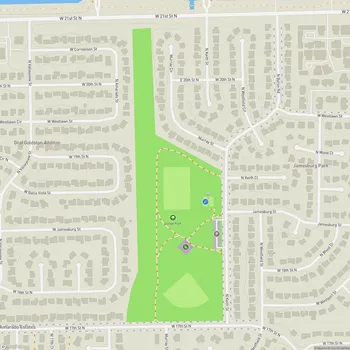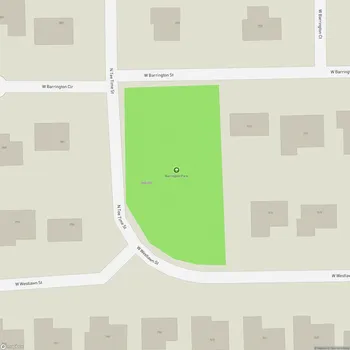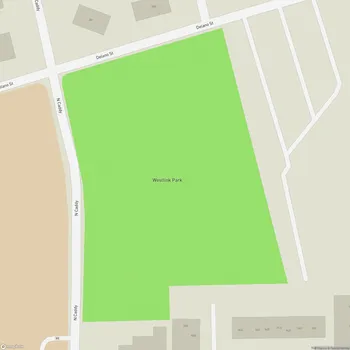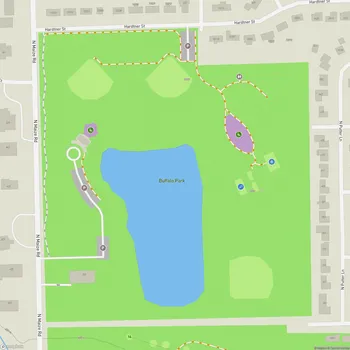Pracht Wetlands Park
Pracht Wetlands Park Map
About Pracht Wetlands Park in Wichita
Pracht Wetlands Park is a unique 91-acre urban wetland preserve located in northwest Wichita, Kansas, near the intersection of 29th Street and Maize Road. The park, which opened to the public in 2019, stands as one of the few remaining wetlands in the Midwest and serves as a critical habitat for various wildlife species.
Formerly known as Cadillac Lake, the land was originally used for duck hunting and farming by the Pracht family. In recent years, the Slawson Companies acquired the property and donated 56 acres to the City of Wichita for the creation of this public park.
The park features elevated boardwalks that allow visitors to immerse themselves in the wetland environment without disturbing the delicate ecosystem. These galvanized-steel structures, constructed using helical piers to minimize ecological impact, provide unique vantage points for observing the diverse wildlife.
Pracht Wetlands Park is particularly noteworthy for its role in supporting migratory birds. Thousands of birds, including egrets and herons, use the park as a stopover during their annual migrations along the North American Central Flyway. Visitors may also encounter other wildlife such as cranes, pheasants, turkeys, deer, badgers, beavers, and various amphibians.
The park's design incorporates educational elements to raise awareness about the importance of wetland ecosystems. Observation points, similar to duck blinds, allow visitors to watch wildlife without causing disturbance. The park also features interpretive signage and two distinctive wildlife blinds: the Lotus Blind, inspired by the American Lotus flower, and the Linear Blind, which includes dichroic glass panels highlighting different wetland inhabitants.
Recognized for its innovative approach to urban wetland preservation, Pracht Wetlands Park has received several awards, including the 2019 Kansas Recreation and Park Association Innovative Program Award and accolades from the American Planning Association and the American Society of Landscape Architects.
The park not only serves as a nature preserve but also plays a crucial role in stormwater management for the surrounding urban area. Its development aims to balance ecological preservation with public access, providing a unique opportunity for residents and visitors to experience and learn about wetland ecosystems within an urban setting.




